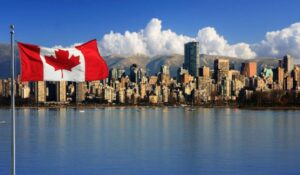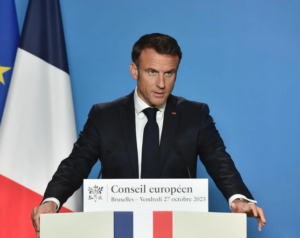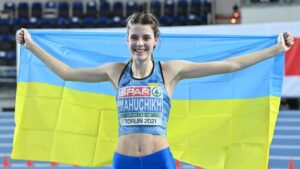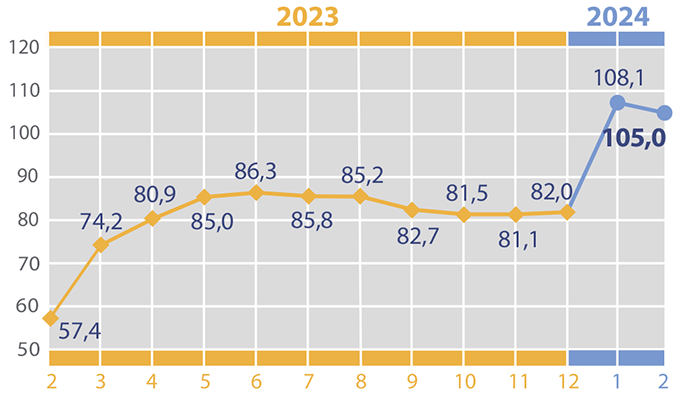
On Monday, June 10, it will be cloudy in Kyiv and Kyiv region, with clearings, short-term rains, thunderstorms, hail and squalls of 15-20 m/s are forecast.
According to the Ukrainian Weather Center, the temperature in the region will be 15-20° at night and 25-30° during the day; in Kyiv, 18-20° at night and 26-28° during the day.
Due to the expected hail and squalls in Kyiv and Kyiv region on Monday, the first level of danger (yellow) has been declared.
“Experts recommend avoiding being near large trees, billboards, power lines, and not parking vehicles near them during a thunderstorm. You should also tightly close the windows of houses, remove objects that could fall out from unglazed balconies and loggias,” the statement said.
hail, Hydrometeorological Center, KYIV, squalls, THUNDERSTORMS
Real GDP percentage changes over previous period in 2014-2023

Source: Open4Business.com.ua and experts.news

Canada has extended for another year – until June 9, 2025 – the exemption of Ukrainian goods from customs duties, the relevant customs notice is published on the website of the Canadian government.
“We are sincerely grateful to our Canadian partners for supporting the Ukrainian economy by increasing exports and temporarily eliminating customs duties and trade fees on imports from Ukraine. This is an invaluable contribution to our resilience,” First Deputy Prime Minister and Minister of Economy Yulia Svyrydenko commented on the decision in a tweet.
This decision ensures the continuation of duty-free imports of Ukrainian products to Canada, which began on June 9, 2022.
According to the State Statistics Service, exports of goods from Ukraine to Canada in the first quarter of 2024 increased by almost 2.7 times to $47.43 million, while imports decreased by 43.9% to $45.42 million.
Overall, exports of goods from Ukraine in the first quarter of this year decreased by 2.8% to $10 billion 60.85 million, while imports increased by 1.7% to $15 billion 751.91 million.

French President Emmanuel Macron announced the dissolution of the National Assembly and the scheduling of early parliamentary elections for June 30 and July 7, French newspaper Le Figaro reported.
“I have decided to give you back the choice of your parliamentary future. It is a serious and weighty decision, but above all, it is an act of trust,” Macron said in a video message posted on social network X.
The first round of elections will be held on June 30, with the second round on July 7.
Macron’s list was defeated in the European Parliament elections, taking half as many as the right-wing National Union.
According to Macron, this result “is not a good result for parties defending Europe.” He added that the far-right was gaining popularity everywhere on the continent.
“I cannot act as if nothing has happened….. That is why, having carried out the consultations required by Article 12 of our Constitution, I have decided to once again give you the choice of our parliamentary future by voting. In a few minutes, I will sign a decree calling parliamentary elections to be held on June 30, the first round, and July 7, the second round,” the French leader said.

Yaroslava Maguchikh and Iryna Gerashchenko have won another set of awards for the Ukrainian national team at the 2024 European Athletics Championships, which are taking place in Rome, Italy.
In the high jump, Maguchikh won European gold for the second time in a row with a score of 2.01 meters, while Gerashchenko cleared 1.95 meters and won bronze.
“Angelina Topic from Serbia took the silver medal (1.97 meters).
Export changes in % to previous period in 2023-2024

Source: Open4Business.com.ua and experts.news